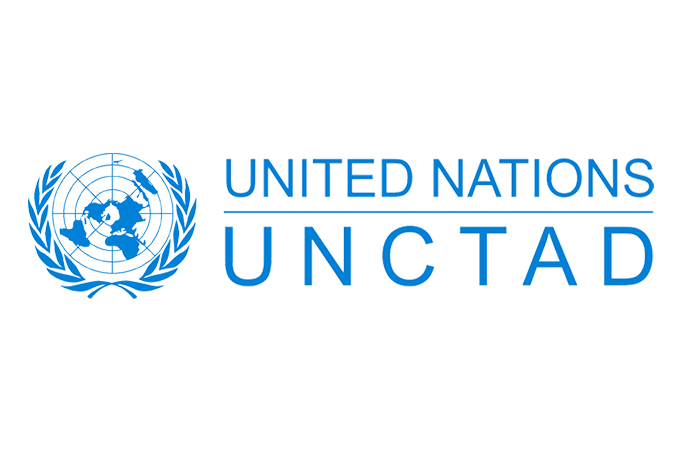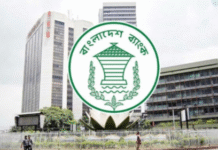Bangladesh is doing better in all three criteria for LDC graduation status by 2024 but factors like disparity and governance will be a challenge that the country needs to pay attention to.
The three criteria are per capita income, Human Asset Index (HAI) and Economic Vulnerability Index (EVI).
The smooth and sustainable transition from the category of the Least Developed Countries (LDCs) for Bangladesh will critically hinge upon a productive momentum of economic growth.
The observations were made at the launch of Least Developed Countries report 2016: The path to graduation and beyond: Making the most of the process” – a new report prepared by the United Nations Conference on Trade and Development (UNCTAD).
The Centre for Policy Dialogue (CPD), a local think tank, organised a press briefing on the report in the city yesterday as part of the global launch of the report released on December 13.
The report noted that Bangladesh’s pre-eligibility for graduation will be completed in 2018 and, in 2021, the country will comply with all three criteria by becoming fully statistically eligible for graduation. “Finally, the graduation will take place in 2024.”
It said Bangladesh is focusing primarily on the HAI criterion as it has already fulfilled the EVI criterion and remains far below the graduation threshold for GNI.
Speaking at the report launching event distinguished fellow Dr Debapriya Bhattacharya said Bangladesh has made good progress in three criteria for LDC graduation status.
Though the exchange rate remained stable for long, putting positive impact on income, taka has already been overvalued, which is risky for sustaining income, he said.
Suggesting ways of increasing the prospects for graduation from LDC status, Bhattacharya put importance on inclusive growth, reducing inequality, establishing rule of law and governance.
“The country would need to diversify its manufacturing base for smooth and sustainable development.”
As per the UN concept note, the biggest challenge facing LDCs such as Bangladesh is not only their inability to generate and sustain growth for lengthy period but also to translate the growth into job creation and inclusive, equitable and sustainable development.
In other words, post graduation strategy, if not sustainable, could reverse development.
Bangladesh is among six countries that have their chances of graduation out of LDCs status by 2024, said the report.
Seven more LDCs might also come out of the league by 2021 and two African LDCs – Equatorial Guinea and Angola – are set to graduate from the category in 2017 and 2020 respectively.
One Pacific LDC, Vanuatu, would also come out of the league in 2017. Once a country is eligible, it is evaluated every three years to check the sustainability of graduation.
During which the country remains an LDC is designed to enable the graduating state and its development and trading partners to agree on a ‘smooth-transition’ strategy so that the planned loss of LDC status does not disrupt the socioeconomic progress of the country.
According to UNCTAD’s projections, by 2025 the LDCs group would be composed of 32 countries.
Only a very limited number of LDCs have graduated. Since this classification was established, in the 45 years only four countries graduated – Botswana in 1994, Cape Verde in 2007, Maldives in 2011 and Samoa in 2014.
Other countries such as Equatorial Guinea, Tuvalu and Angola are forecast to graduate over the next few years, but pointedly only one in Eastern Africa (Djibouti).
Bangladesh has graduated to the lower-middle income country class of the World Bank in 2015.
Source : Dhaka Tribune











